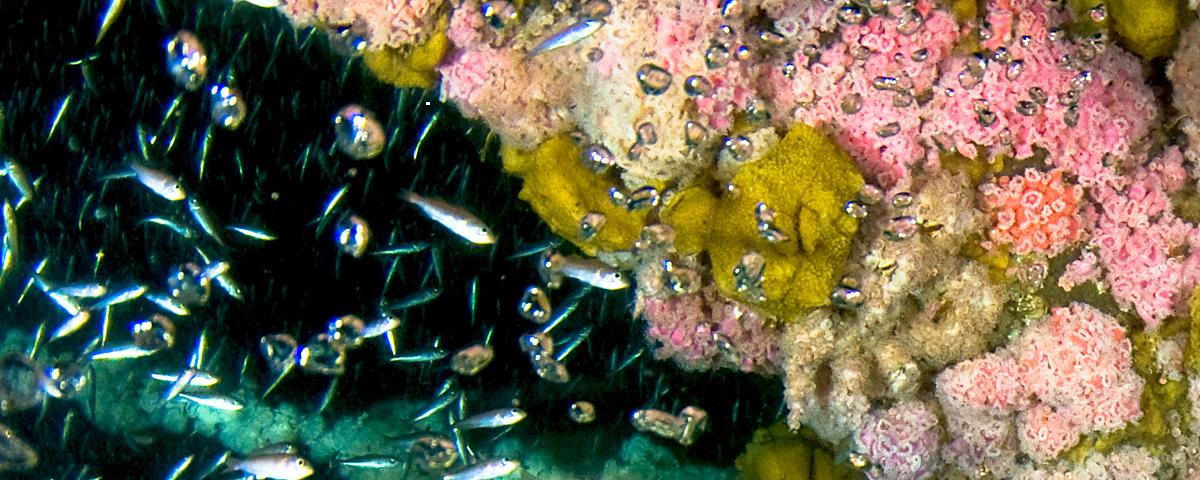Do oil and gas platforms off California reduce recruitment of bocaccio (Sebastes paucispinis) to natural habitats? Analysis on trajectories derived from high frequency radar
Abstract
To investigate the possibility that oil and gas platforms may reduce recruitment of rockfishes (Sebastes spp.) to natural habitat, we simulated drift pathways (termed “trajectories” in our model) from an existing oil platform to nearshore habitat using current measurements from high-frequency (HF) radars. The trajectories originated at Platform Irene, located west of Point Conception, California, during two recruiting seasons for bocaccio (Sebastes paucispinis): May through August, 1999 and 2002. Given that pelagic juvenile bocaccio dwell near the surface, the trajectories estimate transport to habitat. We assumed that appropriate shallow water juvenile habitat exists inshore of the 50-m isobath. Results from 1999 indicated that 10% of the trajectories represent transport to habitat, whereas 76% represent transport across the offshore boundary. For 2002, 24% represent transport to habitat, and 69% represent transport across the offshore boundary. Remaining trajectories (14% and 7% for 1999 and 2002, respectively) exited the coverage area either northward or southward along isobaths. Deployments of actual drifters (with 1-m drogues) from a previous multiyear study provided measurements originating near Platform Irene from May through August. All but a few of the drifters moved offshore, as was also shown with the HF radar-derived trajectories. These results indicate that most juvenile bocaccio settling on the platform would otherwise have been transported offshore and perished in the absence of a platform. However, these results do not account for the swimming behavior of juvenile bocaccio, about which little is known.

